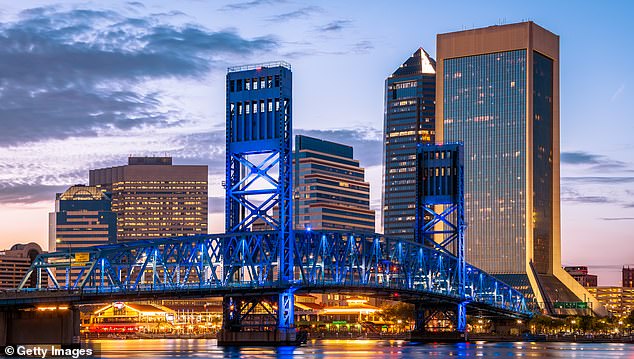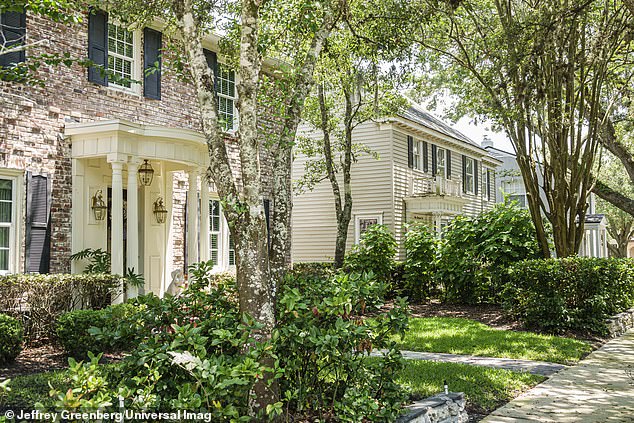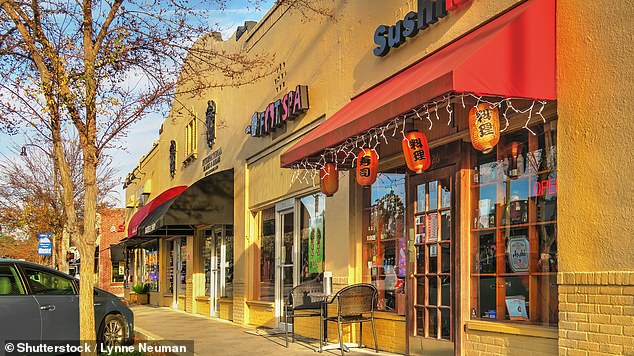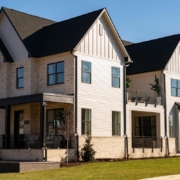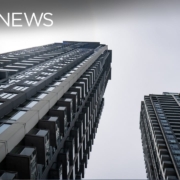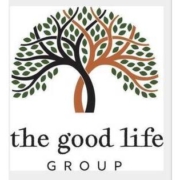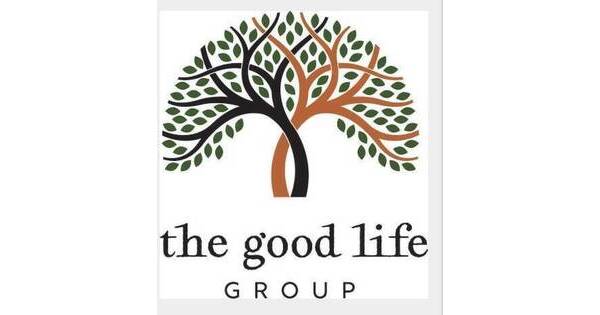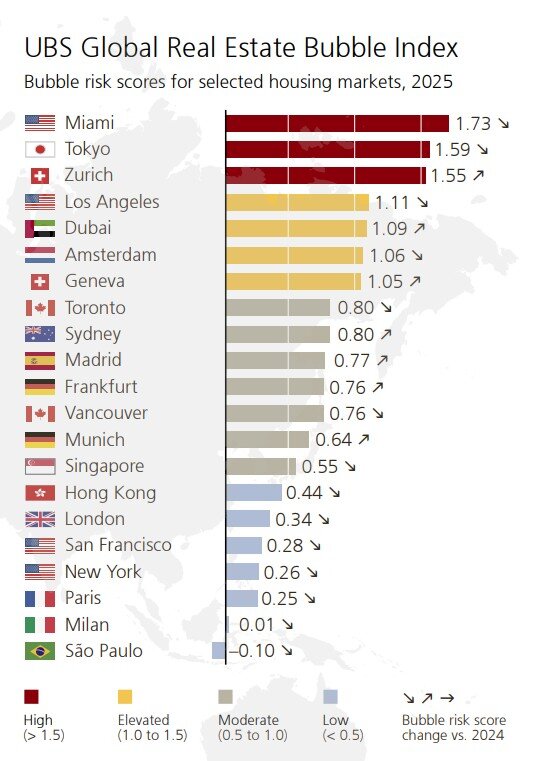Avalon X Presale Brings A Unique Opportunity To Investors Trying To Unlock The 375 Trillion Real Estate Market
The world’s real estate market is worth over $375 trillion. For decades, only institutions, wealthy investors, and large-scale developers have had access to this huge asset class.
Everyday investors rarely had a fair chance to participate. That changes with Avalon X (AVLX). With its presale now live and tokens priced at just $0.005 in Stage 1, Avalon X is offering fractional exposure to real estate through blockchain.
Avalon X (AVLX) Advantage in the Real Estate Market
Access to real estate opportunities has always required significant upfront capital, making it almost impossible for smaller investors. Avalon X crypto bridges this gap through tokenization.
By purchasing Avalon X tokens, investors are not just buying another digital asset. They are participating in a system that links blockchain to physical property developments.
Avalon X real estate crypto investors gain benefits such as discounted property prices, tiered access to development projects, and staking rewards. This makes AVLX more than a speculative asset; it’s a token with real-world utility.
Avalon X (AVLX) Presale: Low Entry, High Potential
The Avalon X presale is taking off fast, drawing in investors with its promising growth outlook and attractive entry price. Right now, early buyers can grab AVLX tokens for just $0.005 in the first phase.
More than 23 million of the 60 million tokens set aside for this stage have sold. And since a large chunk, 60% of the total 2 billion tokens, is available in the presale, there’s still a lot of opportunity to get involved before it’s listed on Tier 1 CEX like Binance and Uniswap.
Avalon X is gearing up to be one of the best crypto presales of 2025, an opportunity that early investors won’t want to pass by.
Real Estate Tokenization Crypto: Unlocking Access for All Investors
Avalon X is designed for practical, real-world applications. As interest in cryptocurrency projects focused on real estate grows, Avalon X stands out by connecting investors with these opportunities.
This makes AVLX a strong contender in the realm of Real World Asset (RWA) tokens for 2025. In contrast to many purely speculative coins, this token provides access to one of the largest and most secure global markets. Tokenized real estate is moving beyond just an idea; Avalon X is transforming it into a tangible investment avenue.
The Next Big Crypto 2025
Avalon X has been designed to capture the momentum of RWA crypto projects 2025 by blending blockchain transparency with real estate security. Analysts predict that as tokenized real estate grows, demand for the AVLX coin will surge, driving a significant price surge.
Investors searching for the best RWA tokens in 2025 look for strong narratives, real utility, and engaged communities. Avalon X with its unique features help it standout even from established tokens.
Avalon X Giveaway and Community Incentives
One of the most exciting aspects of this presale is the Avalon X giveaway. Avalon X has announced a $1 million crypto giveaway where ten lucky winners will each get $100,000 worth of Avalon X tokens.
Beyond that, there’s also the crypto townhouse giveaway. A luxury townhouse in the gated Eco Avalon community will be given away, bringing a new level of real-world excitement to the presale. The Avalon X $1M prize campaign reflects the project’s commitment to building hype while also rewarding loyal participants.
On top of it all, a 10% bonus is live on the website so every purchase instantly gives you more AVLX tokens than you pay for.
Security, Transparency, and Growth
Avalon X has passed CertiK’s security audit, a reassuring sign for investors regarding the soundness of its core programming. Its focus on both security and transparency is crucial as the project expands.
The Avalon X presale aims to be the top player in the real-world asset (RWA) crypto presale market, while also paving the way for advancements in the tokenized property crypto space. For investors looking for growth over time, Avalon X presents a unique combination of reliability, practical application, and the possibility of strong returns.
Key Takeaways
Avalon X (AVLX) is not just another speculative project. It is a unique RWA crypto project in 2025 that connects blockchain to one of the largest markets on earth. By lowering the barrier of entry to just $0.005 in its presale, it offers everyday investors the ability to invest in real estate crypto like never before.
The chance to participate in one of the most innovative real estate backed cryptocurrency is now, before AVLX listings on top-tier exchanges send its price soaring.
Join the Community
Website: https://avalonx.io
CoinMarketCap: https://coinmarketcap.com/currencies/avalon-x/
Telegram: https://t.me/avlxofficial
X: https://x.com/AvalonXOfficial
Disclaimer: This is a paid post and should not be treated as news/advice. LiveBitcoinNews is not responsible for any loss or damage resulting from the content, products, or services referenced in this press release.







